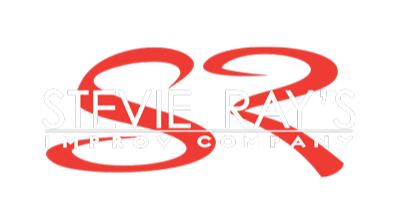The below is by Philip Krim, CEO of Casper
There’s no shortage of endearing customer service stories — the hotel chef who flew to Singapore for special ingredients, the airline that went out of their way to let a grandfather say goodbye to his grandson or the retailer that organized a small army to recover a diamond earring from the store’s vacuum cleaners.
But these happy ending stories don’t always happen in the customer-service world. There are also the nightmare tales – Time Warner ‘robocalling’ a customer 153 in a year and Comcast changing a customer’s name to an offensive term are just a few. Don’t be these companies.
Here are four customer-service mistakes your company may be making and how to correct them, so you can be on the path of providing a memorable experience for customers, rather than an awful one.
Related: 3 Ways Successful Entrepreneurs Build Outstanding Customer Experiences
1. Customer service keeps different hours from your customers.
Just because most people work 9 to 5, doesn’t mean your customer service team should keep the same schedule. If your phone and chat lines are open strictly during normal business hours, you’re operating under the belief that you expect customers to take time out of their busy work day to call you to solve a problem. It’s inconsiderate and inconvenient. Stagger your customer service team’s hours to provide a convenient and realistic range of service availability to those calling and live chatting — and make sure to maintain weekend time.
The easier you make it to get in touch with you, the more they will enjoy an engaging and memorable experience.
2. You’re not obsessed with social media.
People are busy — really busy — and social media is an easy, quick, and direct point of contact with your company. And if your company doesn’t realize this and isn’t “on” all the time on social media, you are making a huge mistake.
Reply to customer-service questions through your social channels promptly. Train your social-media specialists about the ins and outs of your product or service and maintain easy communication between your social and customer-service teams for fast problem solving. The faster and more efficiently the interaction is, the quicker you can reply with an accurate and helpful answer.
One way my company, Casper, a mattress startup, stands out is by literally being on all the time. We even share our #linksomnia reading series with night owls. We also occasionally tweet free coffee to people in need of a midday pick-me-up.
When your customer-service team focuses on social media, you set the stage for creating unique experiences — proactively balancing support and community. Make sure you share powerful and energizing content, surprise and delight customers and chime in on relevant conversation to show off your brand’s personality. Make sure your customers feel special, and your customer experience, brand and consumer advocacy will strengthen countless times over.
3. You think robots can replace people.
Most people press “zero” the second they call a service line to connect directly with a human being. Don’t do this. Customers want to communicate with a person, not a pre-determined flow-chart of scripted answers — and certainly not a robot. An automated response should always be your last resort.
Train your team to know your product, company, brand and voice inside and out. Turn them into users (in our case sleepers) of your product or service. Trust your team to communicate clearly, efficiently and with a little bit of their own personality and experience to solve problems and be brand advocates.
Related: How to Deal With a Difficult Customer-Service Conversation
At Casper, all our employees sleep on Caspers, providing first-hand accounts of how a Casper feels. We also maintain organized time slots throughout the day for the team to rotate between calls, live chats and emails. We allocate extra hands to be on standby to avoid any lines that may form with customers calling in.
4. You treat it like ‘just another call.’
For a majority of your customers, this will be their only interaction with the company. This short conversation may be the one point of direct contact with you as a company, so don’t treat them like they are just a number, another call in your day.
Instead, treat each customer as the most important call (or tweet, email, chat, etc.) your team takes all day. They have taken the time to contact you to provide feedback — good or bad. Listen carefully, empathize with the caller and work quickly to provide any solutions or further information you can. Do everything for your customers that you’d want done for you if the roles were reversed. For instance, at Casper, we call UPS on a customer’s behalf to resolve shipping issues and send airbeds to those who might be stuck sleeping on the floor due to a snowstorm.
It’s important for a customer to hang up the phone after having a personal interaction with your team feeling like you not only helped them in every way possible, but also like they made a friend — someone they’d be delighted to talk to again if the need ever arose.
You don’t have to greet someone at the airport, or provide endless refunds in order to have decent customer service. But you do need to provide a service that resonates as one they want to shout about from the mountaintops. Personal interactions stick. A two-minute conversation can often leave an impression that lasts longer than a great ad campaign. By going the extra mile, you have the power of a strong base of consumers who would recommend you, and your memorable product, any chance they get.


